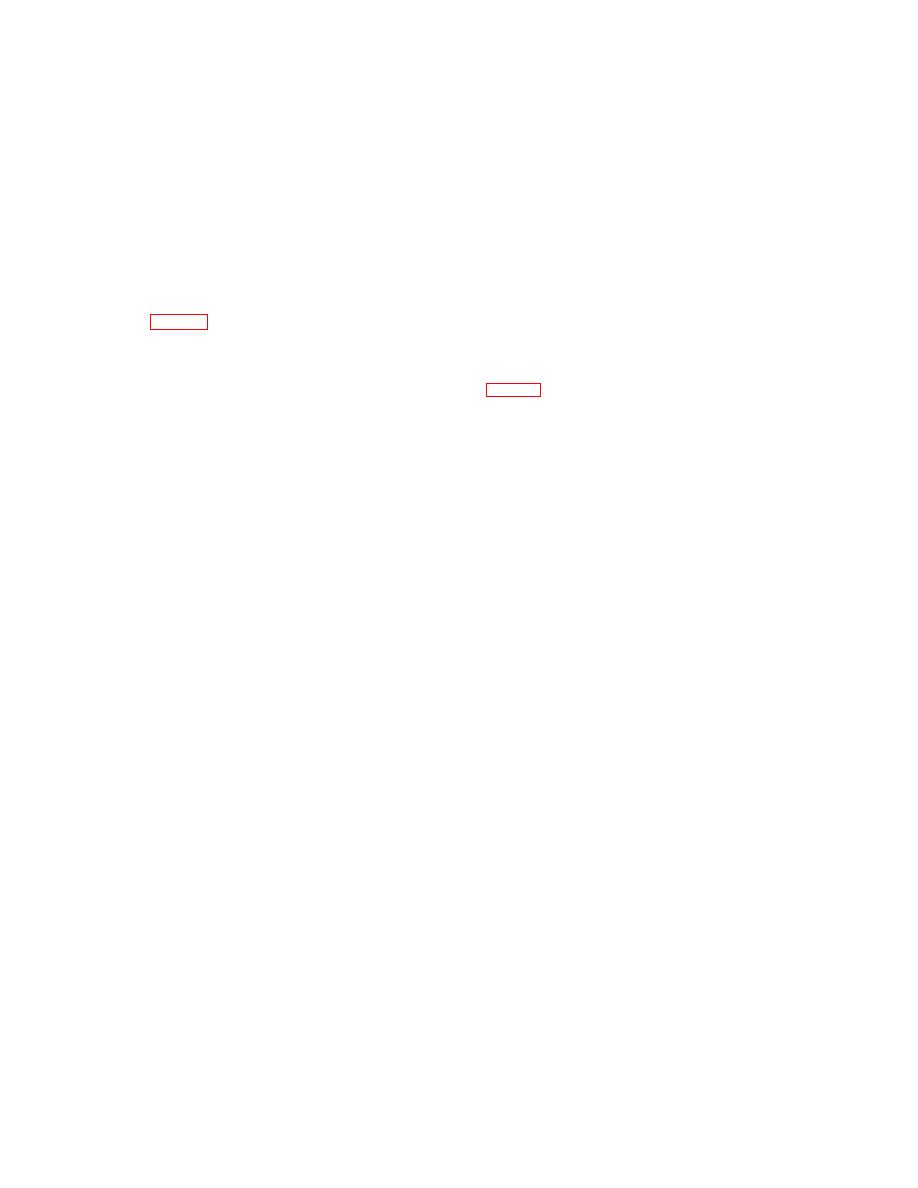 |
|||
|
|
|||
|
|
|||
| ||||||||||
|
|
 TM 9-258
c. The clearest and most distinct vision of the
thin jelly-like substance, the vitreous humor, which is
transparent.
response mechanism of the eye is centered in a small
d. Light entering the eye passes successively
area called the macula or yellow spot on the inner coat or
through the cornea, the aqueous-humor, the crystalline
retina and in a still more sensitive smaller spot in the
center of the macula called the fovea or fovea centralis.
lens, the vitreous humor, and falls on the retina.
Sensations of light are received by tiny cones and rods
attached to nerves and distributed over the fovea,
3-5. Refracting Mechanism.
macula, and retina. These sensations are transmitted to
a. The chief refracting surfaces of the eye are
the brain by the optic nerve at the lower rear of the
those of the cornea and the crystalline lens. The cornea
eyeball.
provides the constant portion of the refraction. The
crystalline lens supplies a variable degree of refraction
which permits the eye to focus on near or distant objects.
3-4. Three Coats or Tunics.
a. The outer of the three coats or tunics of the eye
This gives to the eyes the ability to see far or near
objects distinctly and is termed the power of
is the sclera (fig 3-2) to which are attached the six
accommodation.
muscles that hold the eye in place. It is tough, white, and
b. The iris is a diaphragm which contracts and
flexible and is the white portion of the eye normally seen.
dilates to regulate the amount of light entering the eye
The slightly protruding tough transparent portion at the
center front of the eye, the cornea, is part of this coat.
eye around the pupil. The pupil is the circular opening in
The cornea and the transparent liquid or aqueous humor
the center of the iris. Its size is limited by the contraction
behind it are part of the refracting mechanism of the eye.
The aqueous humor is essentially a weak salt solution.
or dilation of the iris. It appears black because of the
comparative darkness of the inside of the eyeball. The
b. The middle coat, the choroid, is a deep purple
pupil varies in size from 2 to 8 millimeters, depending
layer made up of veins and blood vessels which supplies
upon the illumination. In intense illumination, the iris
nourishment to the eye tissues. The coloring of the
steps the pupil down to about 2 millimeters. In moderate
choroid forms a dark housing and prevents external light
(daytime) illumination, the opening is about 4 or 5
from diffusing into the eye through the walls of the
millimeters. This is considered to be the opening for
eyeball.
maximal acuity or best resolution. In very faint (night)
c. The inmost coat of the eye is the retina, a highly
illumination, the diameter of the pupil is approximately 8
sensitive layer of nerve fibres by means of which visual
millimeters
impressions are transmitted to the brain. The retina is a
part of the response mechanism. The interior of the eye
is filled with a
3-3
|
|
Privacy Statement - Press Release - Copyright Information. - Contact Us |